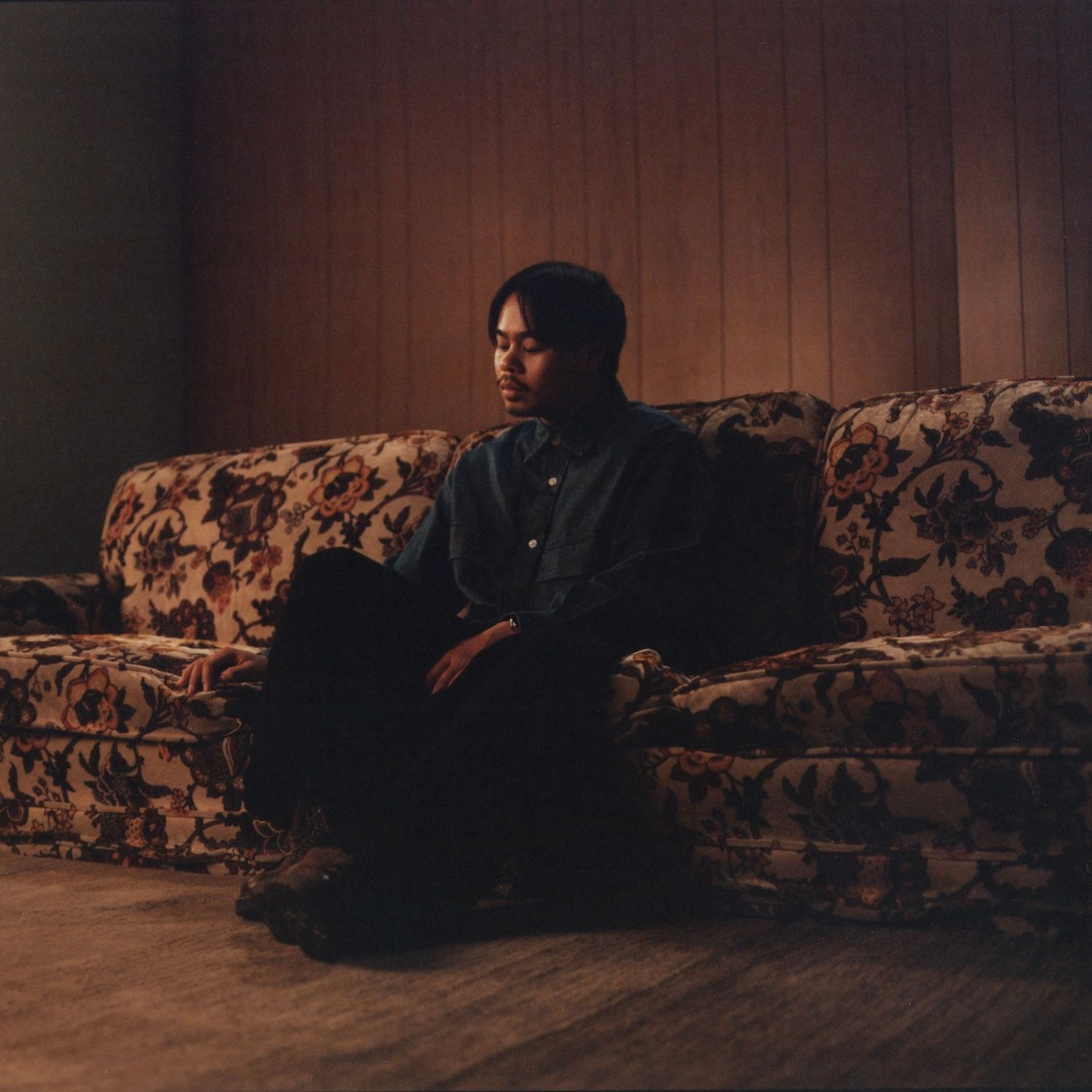When makeup fades fast or slides off by midday, the real issue often lies beneath the foundation. A good primer smooths the skin, helps makeup last longer, and can even improve how the skin looks. Since not all primers work the same, picking the right one can be tricky without a bit of guidance. This article will share some tips that will help you find the best primer for your skin without all the guesswork.
1. Know Your Skin Type First
Understanding your skin type is first since it determines how effectively a primer performs. While dry skin gains from a moisturizing primer that keeps makeup from flaking, oily faces need a matte-finish primer to make pores look smaller. Two primers, one for oily areas and one for dry spots, are required for combination skin. If your skin is sensitive, a mild mix free of strong smells or abrasive components.
2. Pick the Right Texture
Designed to fit different skin types, primers range in texture from gel to cream to serum-like formulations. For oily skin, gel-based primers absorb quickly; creamy ones give softness and moisture, which dry skin requires. Try a tiny bit on your jawline to check how your skin responds if you’re not sure which kind would suit. A good primer should leave your skin silky and free of any oily or sticky sensation.
3. Match Primer to Your Makeup Goals
Before choosing a primer, know what look you’re striving for, as they can obscure pores or provide a matte finish. Go for an illuminating primer if you want a dewy finish; use a mattifying primer instead for a base free of gloss. Matching your primer with your foundation is also wise; silicone-based primers fit silicone formulations, while water-based primers work best with water-based foundations.
4. Never Ignore the Ingredients
Always look over the ingredients and read the label before purchasing a primer. Choose formulations labeled “oil-free” or ones using salicylic acid to help lower shine on oily skin. Glycerin helps lock in moisture and hence benefits dry skin from moisturizing properties. If your skin is sensitive, avoid synthetic perfumes and alcohol; use primers with fewer chemicals to reduce the likelihood of irritation.
5. Think About the Weather
The performance of your primer is much influenced by the local temperature. A lightweight, mattifying primer is excellent in hot and humid conditions since makeup might feel heavy or melt. Cold or dry air might make your skin tight and flaky, so you will want a primer that moisturizes and adds a protective layer. Changing primers with the seasons is also wise, much like changing clothes for summer or winter.
6. Try Before You Buy When Possible
Ask for a sample and test it on your cheek or jaw when shopping in a store to observe how your skin responds. If at all feasible, leave it on for many hours; then, check later in the day to see how your skin feels and looks. If you purchase online, spend some time reading evaluations from folks with comparable skin tones. Doing this can help you stay away from buying things that might not be good for your skin.
7. Don’t Forget SPF (If You’re Skipping Sunscreen)
Built-in SPF is now included in certain primers; this is great if you forget or feel like an extra step in a hectic morning. Although it shouldn’t substitute a good sunscreen, it still provides some protection. Use an SPF primer during the day; make sure it has at least SPF 30 to provide your skin coverage. In this sense, without adding more layers, your cosmetics regimen can also promote basic sun protection.
Find the Primer That Works for You
Choosing the correct primer will transform your makeup from average to spectacular since a soft base makes it last longer and look better all through the day. Don’t hesitate to try a few primers before deciding on one that feels perfect; choose one that fits your skin type and makeup goals. Using primer becomes a simple, daily action that makes a significant difference once you have your match.




